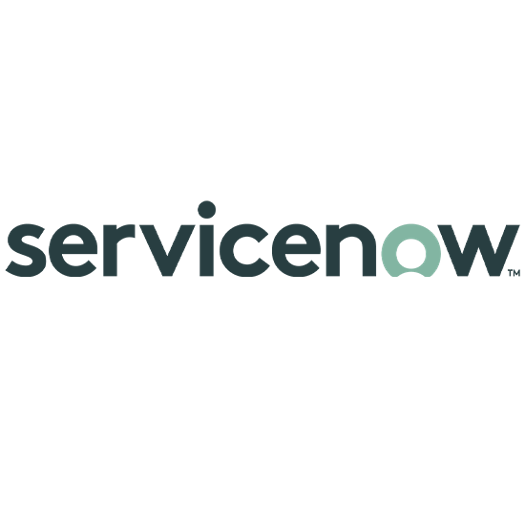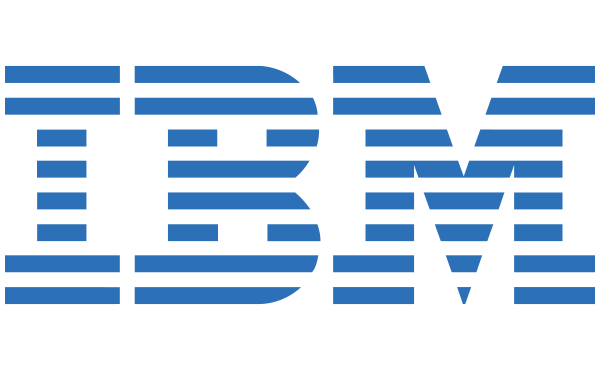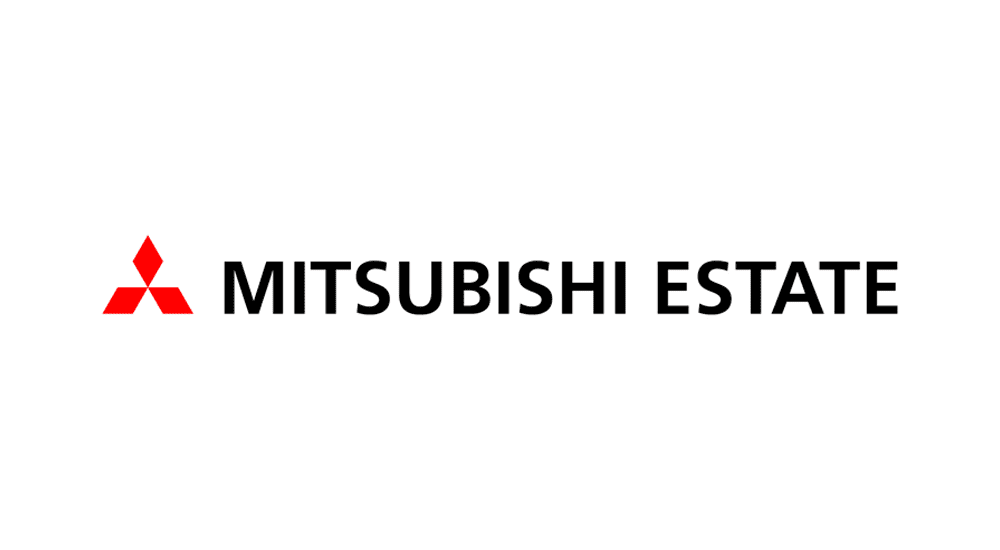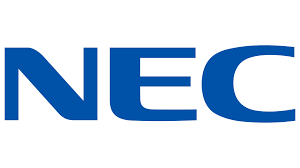
No one connects expense, travel, and invoice on a single platform like SAP Concur



See why we’re the world’s leading T&E solution
Whether you’re a small business or an enterprise organization, investing in Concur Expense, Concur Travel, and Concur Invoice lets you track and manage every employee-initiated expense, travel cost, and invoice payment on one connected system.
Self-guided demos
Experience the difference
Templates
Build your own expense and invoice policies
Having well-documented, clear expense and invoice policies can help employees understand and comply with spending guidelines, speed up approvals and payments, control costs, and more. Download the templates to get started.
There’s never been a better time for the best spend management
Contact us
Need to learn more about SAP Concur solutions? Reach out to us or call +65 6664 4281 for our specialist to assist you.










